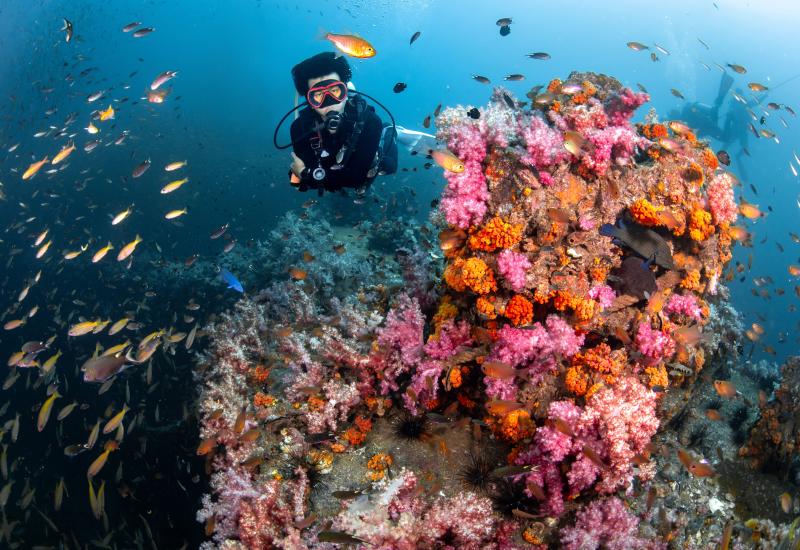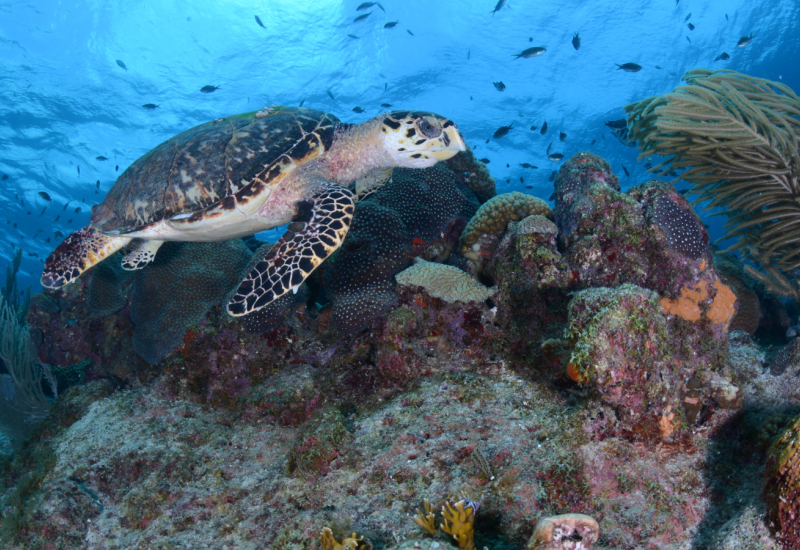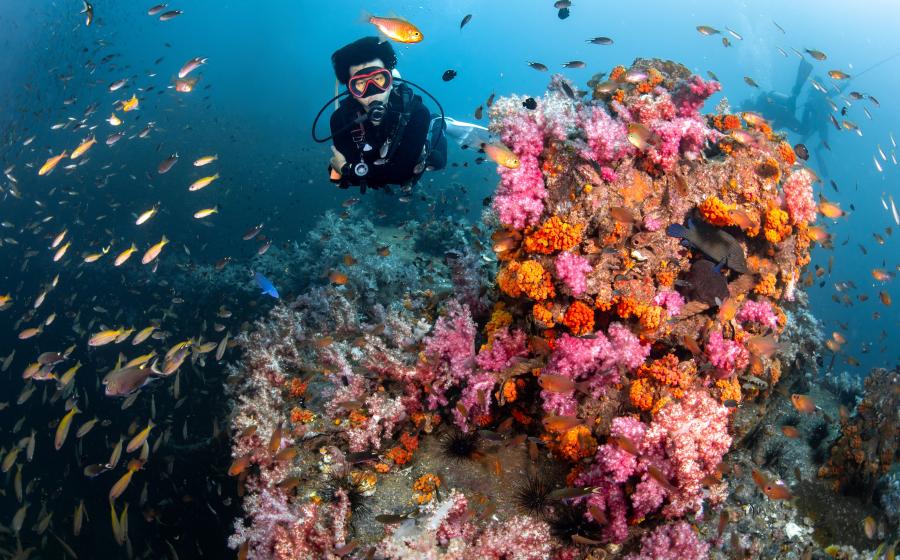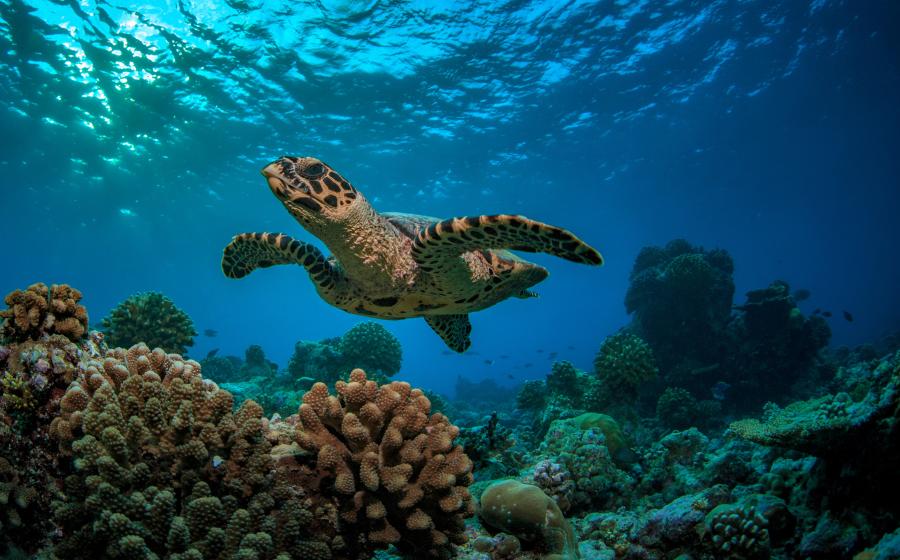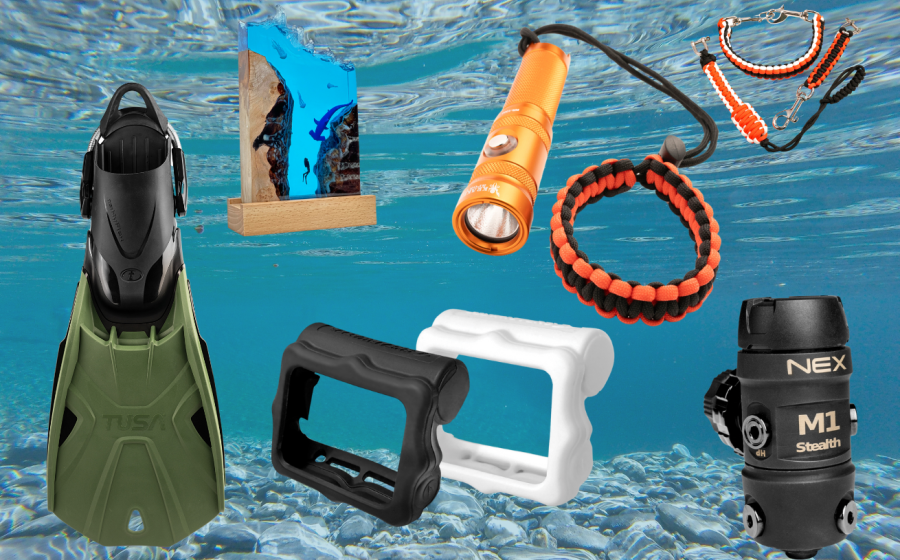Guide to Diving Monitor National Marine Sanctuary
162 years ago, the Union’s ironclad USS Monitor and the Confederate's CSS Virginia met on March 9, 1862, during the Battle of Hampton Roads. Although the battle ended in a draw, it heralded the end of an era for wooden warships. In December 1862, the Union requested Monitor’s now legendary strength further south. It left Hampton Roads after Christmas celebrations and sank a few days later on New Year’s Eve during a storm off Cape Hatteras.
Located 16 miles off the coast of Cape Hatteras, North Carolina, the shipwreck is protected and managed by Monitor National Marine Sanctuary. It is listed as a National Historic Landmark and protected as a war grave. Monitor National Marine Sanctuary is a unique cultural treasure for the most adventurous and skilled divers.
Related Reading: The Newest Marine Sanctuary Beckons Wreck Divers to Explore the Great Lakes
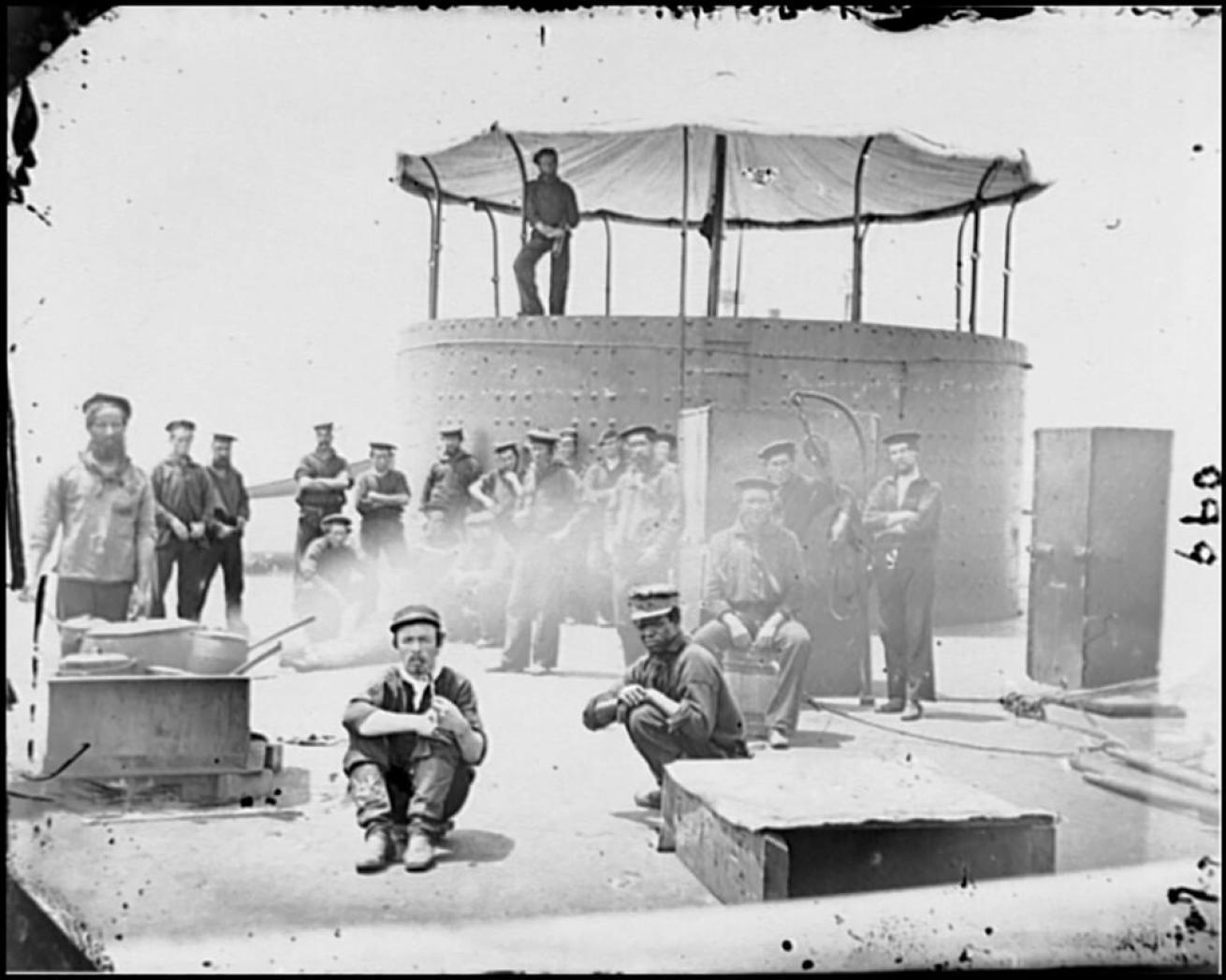
Library of CongressThe USS Monitor had a crew capacity of 49 men who were known as the "Monitor Boys."
Quick Facts:
- Monitor National Marine Sanctuary was the first national marine sanctuary ever designated in the United States. It protects the wreck of the famed Civil War ironclad USS Monitor, and the sanctuary works with partners to honor and interpret it for the American people.
- Monitor National Marine Sanctuary’s mission is to preserve the history and legacy of the USS Monitor, one of the nation’s most significant shipwrecks.
- Monitor National Marine Sanctuary is located 16 miles off the Outer Banks of North Carolina.
- The USS Monitor shipwreck is listed as a National Historic Landmark, our Nation's highest honor (Only 6 out of 133 are shipwrecks), and is protected as a war grave.
- The waters off the Outer Banks can pose unique challenges to vessels and divers alike, thanks to the confluence of two major oceanic currents: the Gulf Stream and the Labrador Current. The warmer Gulf Stream, approaching from the south, and the cooler Labrador Current, coming from the north, collide around Cape Hatteras, compiling a recipe for challenging sea conditions. These conditions have led to many shipwrecks over the past several hundred years, including the USS Monitor, which sank in a storm on New Year's Eve, 1862.
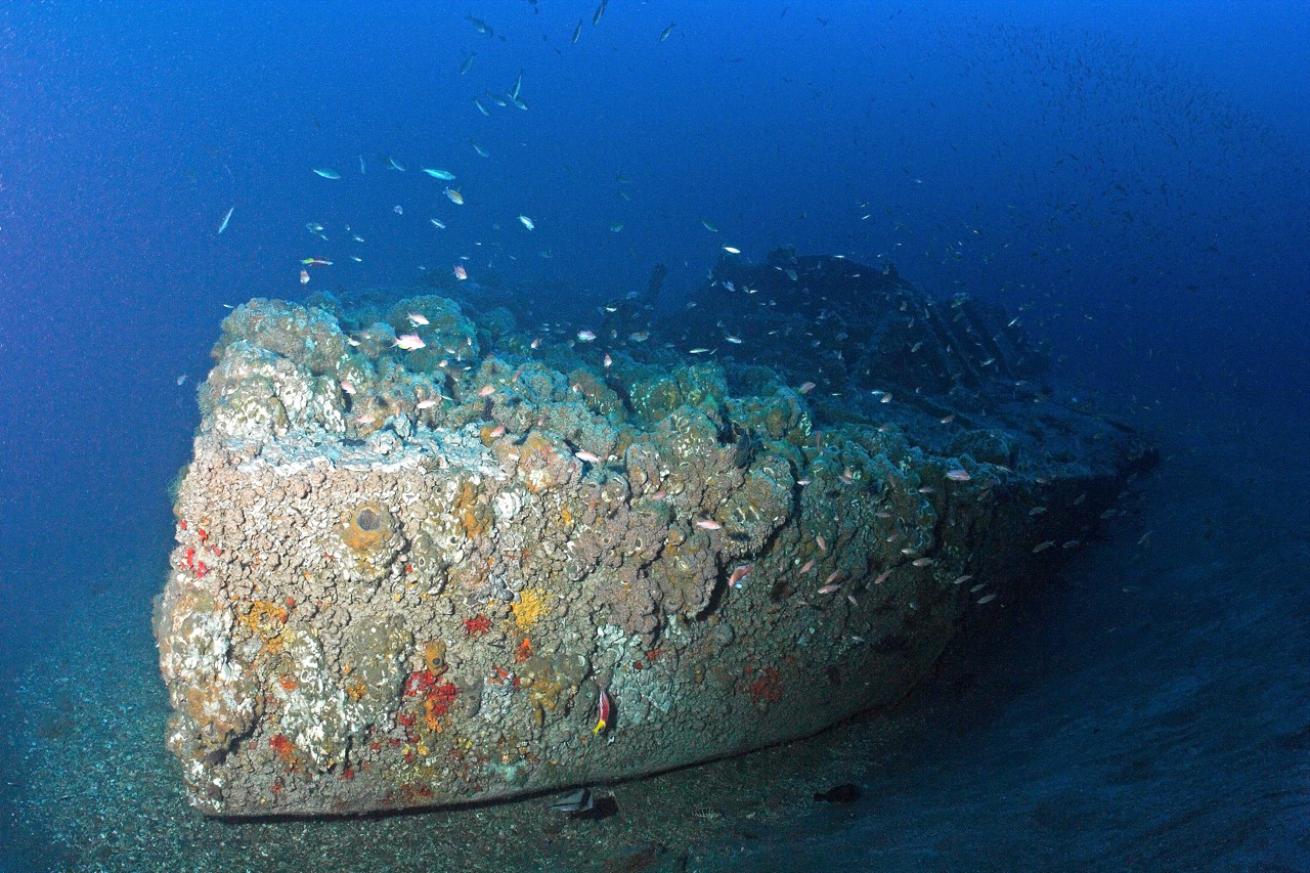
NOAAThe Civil War vessel USS Monitor, which sank 160 years ago, is honored and protected by Monitor National Marine Sanctuary and can only be visited by experienced divers with a permit.
Dive Profile
The Monitor rests at about 240 feet and is considered a technical dive that requires specific training and gear. Currents at this site can quickly shift water temperatures in mere minutes and water clarity can also vary greatly depending on the currents. Since finding the wreck can be challenging, some divers “follow the fish,” as the wreck is essentially an oasis on the shifting sand of the Outer Banks.
- This dive requires a special permit.
Note that there are several more accessible wrecks in the area that cater to intermediate to advanced divers.
When to Go
North Carolina generally has the most favorable diving conditions in the summer. However, even in summer, the weather can be unpredictable. NOAA’s data buoy, Station 41025, provides real-time weather information to anyone visiting the sanctuary. The buoy can tell you the sea surface temperature, wind direction, wave height and pictures. Every plan to visit USS Monitor should include a review of conditions beforehand.
Related Reading: Best Destinations to Dive With Big Animals
Where to Dive
Monitor National Marine Sanctuary only houses one shipwreck: The USS Monitor. However the waters of the North Carolina coast offer a wide array of fantastic dive sites for those who seek to dive other shipwrecks.
VISIT: Monitor National Marine Sanctuary’s Shipwreck Page for a list of nearby historical sites
CHECK OUT: This list of the Top 10 Wreck Dives in North Carolina
What to See
While portions of the shipwreck, including the iconic rotating gun turret, were recovered for conservation and public display by NOAA, U.S. Navy and The Mariners’ Museum and Park, there is still a tremendous amount to see and explore on Monitor. The ship’s armor belt that deflected cannon balls back in 1862 is as robust as ever and the areas of the wreck where the officers and crew lived remain intact. Moving across the wreck site, divers can explore where the crew prepared their meals, worked, and slept and get a glimpse of what life was like at sea during the U.S. Civil War.
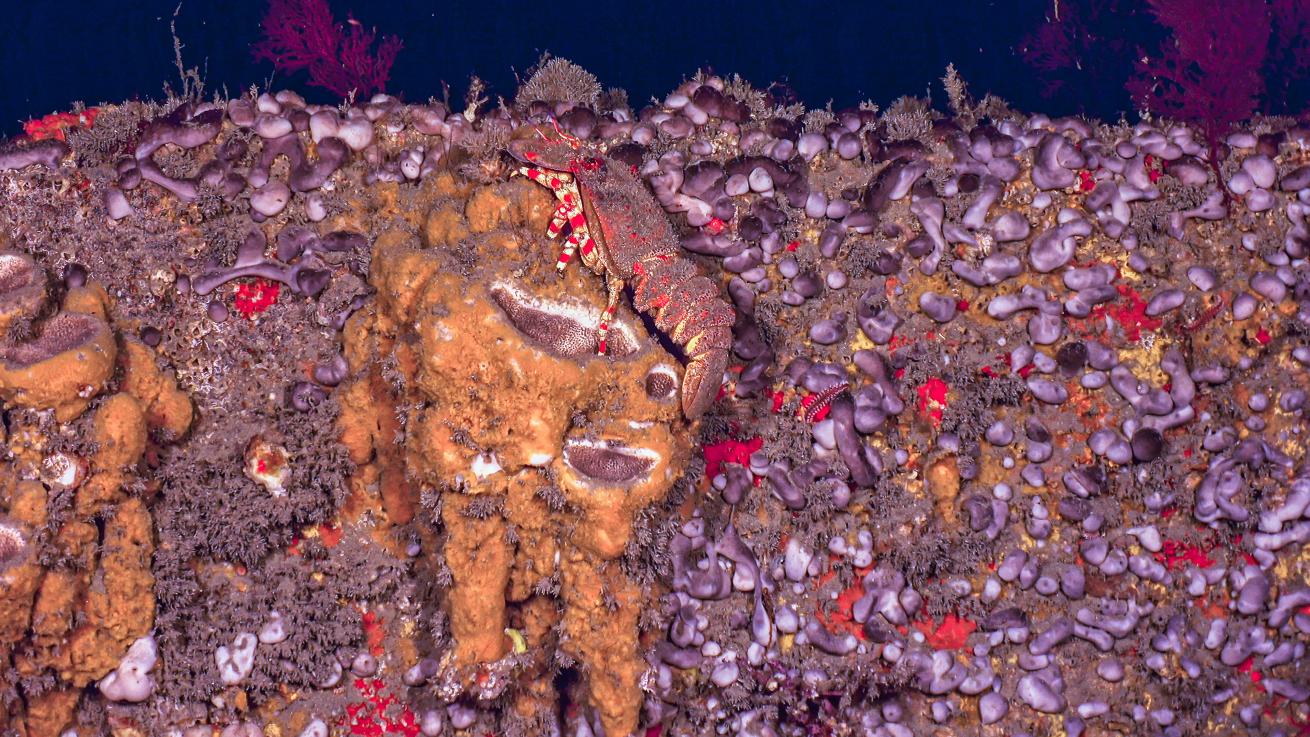
GFOE/NOAASlipper lobsters and polychaete worms crawl along the surface of USS Monitor, which is covered in marine sponges.
Like others in the area, the wreck of USS Monitor has become an oasis of life for the marine species in this region. Thanks to its unique position at the confluence of the Labrador Current and the Gulf Stream the ecology on this wreck is both diverse and abundant. In the sanctuary you can find the classic favorites such as Almaco jack, spotfin hogfish, black sea bass, gray triggerfish and multiple types of snapper. Divers who appreciate the smaller things in life will be entranced by the slipper lobsters, sea anemones, corals, sponges, and blennies living on the surface of Monitor!
Perhaps the most iconic species that calls this wreck home is the sand tiger shark that seems especially drawn to the North Carolina wrecks in particular. The life history of the sand tiger shark is somewhat of a mystery; we still don’t know for sure where they have their pups.
Related Reading: 3 Nearshore Habitats to Dive
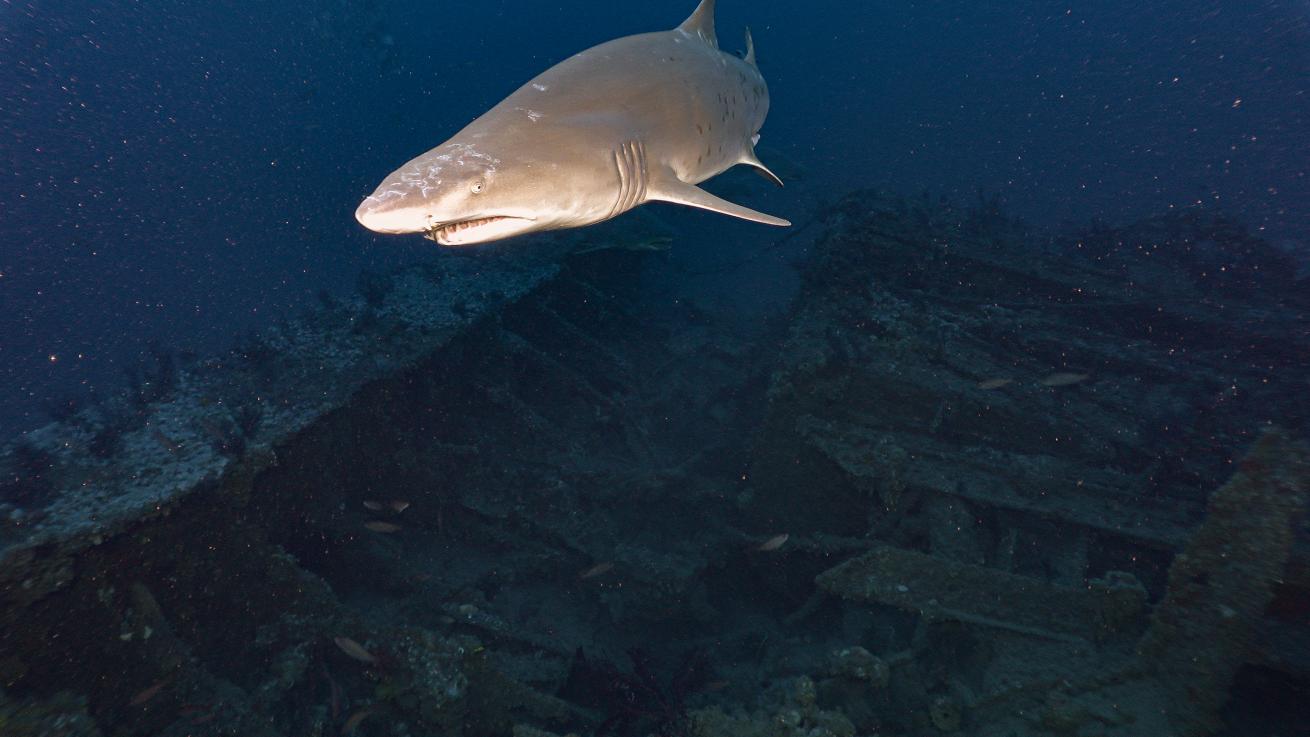
GFOE/NOAASand tiger sharks are one of the many species that call Monitor National Marine Sanctuary home.
NOAA’s Office of National Marine Sanctuaries asks that all divers follow their Wildlife Viewing Guidelines while enjoying these underwater treasures.
Other Nearby Attractions:
- Graveyard of the Atlantic Museum
- NC Aquarium at Roanoke Island
- The Mariners’ Museum and Park
- Cape Hatteras National Seashore
- Hampton Roads Naval Museum
How You Can Help
- Help raise awareness by entering your scuba pics from this sanctuary into the annual Get Into Your Sanctuary Photo Contest! Winning photos receive special recognition, and all submitted photos are used for educational and outreach purposes to raise awareness of these special places in America’s waters.
- Planning to dive in the Outer Banks of North Carolina? Check out the ANCHOR Program to learn how you can help protect and conserve our nation's maritime heritage resources. The Appreciating the Nation’s Cultural Heritage and Ocean Resources Program, was created to work in partnership with dive businesses and charter operators to reduce human impacts on shipwrecks and other maritime heritage resources.
For more information about the sanctuary, visit monitor.noaa.gov

